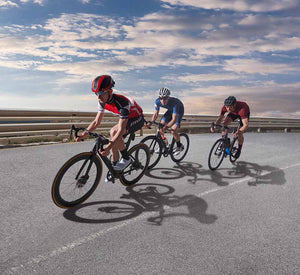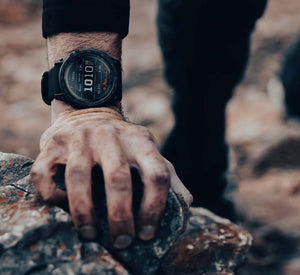How you are going to use your binoculars is directly related to how you choose your binoculars.
For birding and hunting binoculars, lower magnification for a wider field of view will be important, as well as a larger objective lens in order to gather more light during dawn/dusk or in forested areas.
For birders, the Nikon MONARCH M5 8x42 is a popular choice. For hunting, the PROSTAFF 7S 10x42 will fit the bill and even comes in a camo rubber-armored body.
For the ultimate in binoculars for hunting, the Nikon Laserforce rangefinding binoculars combine binocular performance with the speed of a 1900-yard rangefinder.
Hikers, backpackers, and travelers will be concerned with the size and weight of their binoculars. Roof prism binoculars (see section on design below) will be more compact. Smaller objective lens size will keep the weight down—32mm or less is ideal. Nikon PROSTAFF P7 8x30 binoculars are a good choice, as well as the super compact Sportstar Zoom 8-24x25 binoculars, that zoom from 8- to 24-power and have a 25mm objective lens—powerful, compact, and easy-to-use.
For Marine binoculars, waterproofing, fogproofing, and lower magnification for shaky conditions will be the most significant factors on a boat. Here, the Nikon PROSTAFF P3 8x42 are a good buy.
The best binoculars for stargazing will have a large objective lens to gather the most light—at least 42mm is recommended. For handheld binoculars, magnification of 8x to 12x is best to keep hand shaking from being an issue. The Nikon ACULON A211 10x42 binoculars are a good option for viewing the night sky.
Jump to this article for an in-depth look at what the numbers on binoculars mean.




